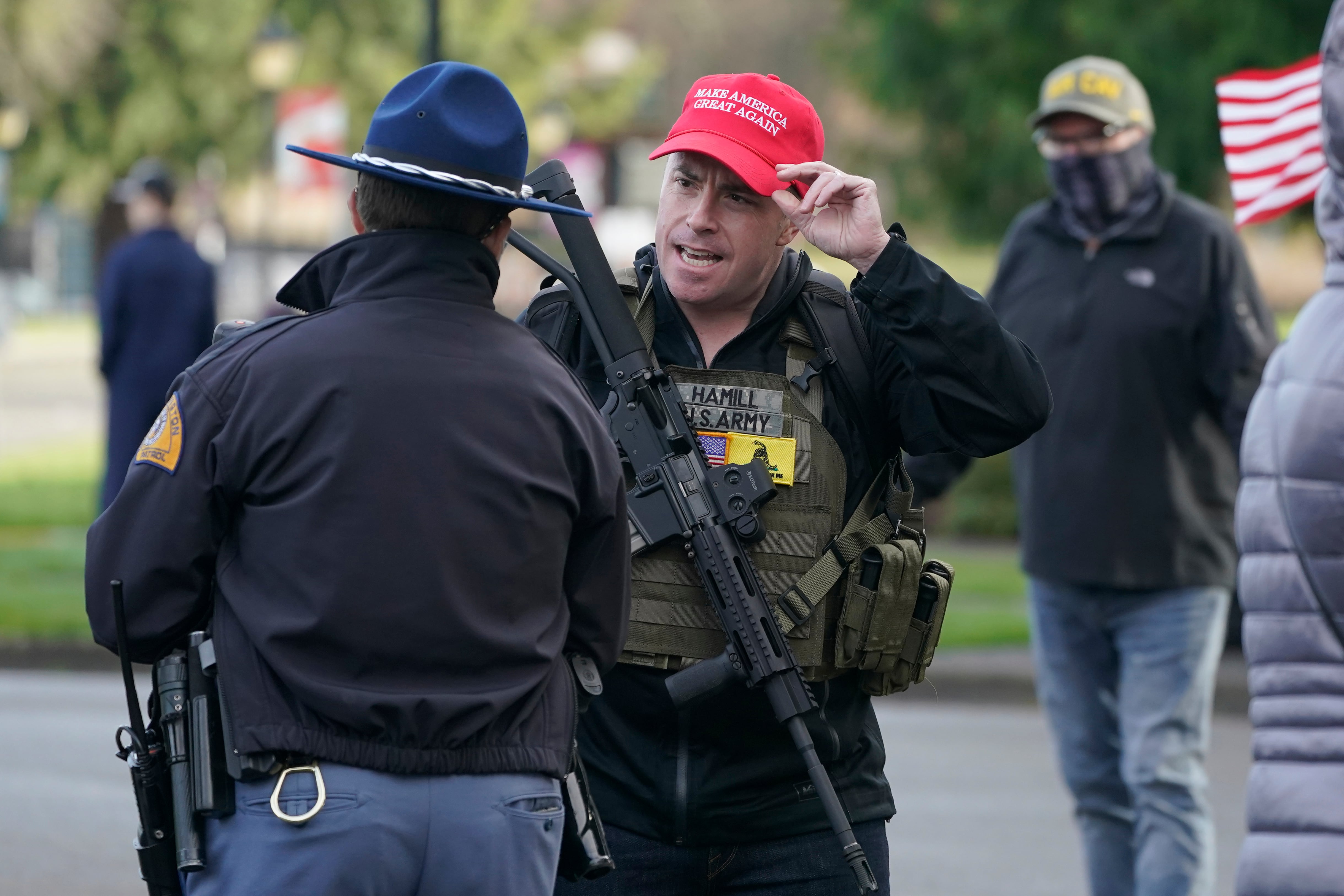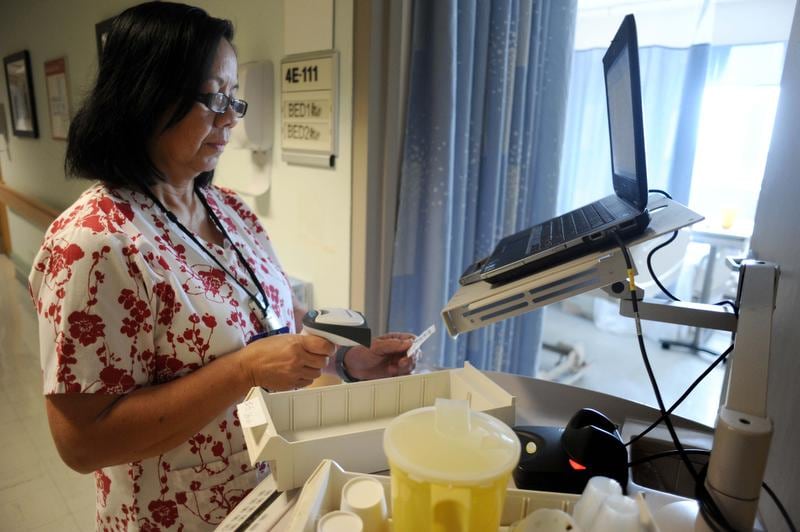Congressional appropriators are moving a pair of plans to give the Department of Veterans Affairs a healthy boost in fiscal 2017, but whether either will ever become a reality remains in doubt.
On Wednesday, the Senate Appropriations Committee's panel on VA and military construction advanced a $177.4 billion spending plan for veterans programs in fiscal 2017, an increase of almost 9 percent from fiscal 2016 that nearly matches the White House budget request for those efforts.
The plan would authorize $74.9 billion in discretionary spending, less than $200 million off the administration's spending plan. Subcommittee chairman Sen. Mark Kirk, R-Ill., called the plan a responsible increase in VA funding and noted the total would be the highest ever for the department.
It's also about $1.4 billion above the discretionary funding level set by House appropriators. Less than two hours after the Senate markup, that panel advanced its own fiscal 2017 spending plan for VA to the full chamber, making it the first appropriations bill to make it out of committee this year.
"This funding, and other oversight provisions included in this bill, will help address persistent, pervasive problems that have plagued the VA — the disability claims backlog, construction mismanagement and the completion of an interoperable electronic health records system," said Committee Chairman Hal Rogers, R-Ky.
Despite minor differences, both measures call for increases in VA health care programs, homeless support and prosthetics research. They also both include restrictions on funding for some upgrades until certain benchmarks are met on claims backlog issues and health records sharing.
That seems to hint at a relatively easy reconciliation process for the two chambers, if they can get to that point.
The appropriations process is moving ahead in both chambers without either passing a broader budget plan to guide the work, which was supposed to be done by April 15.
Neither chamber appears poised to meet that deadline, or pass a budget deal anytime soon. Lawmakers reached a two-year spending plan last fall which effectively negates the need for the broader plan, but it indicates lingering divisions within Congress over what the fiscal 2017 budget should look like.
Defense appropriators have already sparred over whether temporary war funds should be increased over levels set last fall, because of new developments in the fight against Islamic State group militants in the Middle East. Democrats have pushed for any increased military spending to be offset with additional domestic spending.
Appropriators have promised to move more quickly on the VA spending bill, but Rogers conceded on Wednesday that will likely take until the fall.
Congress is scheduled to conduct legislative work until early summer before breaking for fall election preparation, and will return for only a few weeks of work between Sept. 1 and Nov. 8.
Leo Shane III covers Congress, Veterans Affairs and the White House for Military Times. He can be reached at lshane@militarytimes.com.Follow him on Twitter: @LeoShane
Leo covers Congress, Veterans Affairs and the White House for Military Times. He has covered Washington, D.C. since 2004, focusing on military personnel and veterans policies. His work has earned numerous honors, including a 2009 Polk award, a 2010 National Headliner Award, the IAVA Leadership in Journalism award and the VFW News Media award.





